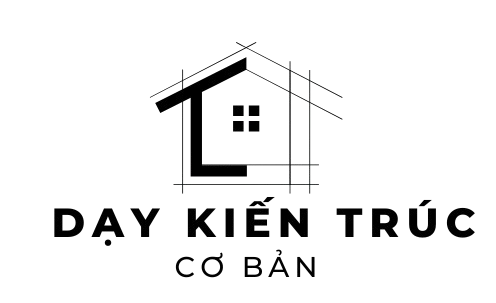TL;DR: Got into virtual staging for my house photography gig and it’s been a total revelation. Here’s my honest take.
Alright, I’ve been lurking on this sub on hashnode.dev for months and finally decided to write up my experience with virtual staging. I’m a real estate photographer who’s been doing real estate for about four years now, and virtual staging has revolutionized my career.
How It Started
Last year, I was having trouble to keep up in my local market. My competition seemed to be offering more services, and I was losing clients left and right.
One day, a client asked me if I could make their empty listing look more “welcoming.” I had no idea with virtual staging at the time, so I sheepishly said I’d look into it.
Getting Started
I spent way too much time researching different virtual staging solutions. Initially, I was doubtful because I’m a purist who believes in authentic photography.
After digging deeper, I realized that virtual staging isn’t about fooling buyers – it’s about showing potential. Vacant spaces can feel cold, but well-staged areas help potential buyers feel at home.
My Setup
After testing multiple solutions, I went with a blend of:
My main tools:
- Photoshop for basic editing
- Dedicated staging tools like BoxBrownie for detailed staging work
- Adobe Lightroom for color correction
My equipment:
- Sony A7R IV with ultra-wide glass
- Good tripod – this is crucial
- Flash equipment for proper exposure
The Learning Curve
I’ll be honest – the initial period were pretty difficult. Virtual staging requires knowledge of:
- Design fundamentals
- Matching and complementing hues
- Spatial relationships
- Lighting consistency
My first tries looked like bad CGI. The staging elements didn’t look natural, shadows were wrong, and it all just looked amateur.
The Breakthrough
After half a year, something clicked. I started to carefully analyze the natural illumination in each room. I figured out that realistic virtual staging is 90% about matching the existing light.
These days, I spend lots of attention on:
- Understanding the direction of natural light
- Replicating shadow patterns
- Picking furniture pieces that work with the architecture
- Ensuring color consistency matches throughout
The Business Impact
I’m not exaggerating when I say virtual staging transformed my business. What changed:
Earnings: My average job value went up by roughly double. Clients are happy to invest significantly higher rates for complete property marketing.
Customer Loyalty: Real estate professionals who try my virtual staging packages nearly always come back. Recommendations has been amazing.
Competitive Advantage: I’m no longer fighting on cost. I’m providing meaningful results that directly impacts my clients’ sales.
Common Challenges
Here’s the reality about the difficulties I deal with:
Serious Time Commitment: Quality virtual staging is not quick. Each room can take half a day to do right.
Managing Expectations: Some customers aren’t familiar with virtual staging and have unrealistic expectations. I make sure to explain and establish limits.
Technical Challenges: Difficult architectural features can be extremely difficult to make look realistic.
Staying Updated: Interior design trends change constantly. I regularly update my furniture libraries.
What I Wish I Knew
For anyone thinking about getting into virtual staging:
- Begin Gradually: Don’t try difficult rooms immediately. Get comfortable with basic staging first.
- Learn Properly: Take courses in both photo techniques and interior design. Understanding visual composition is absolutely necessary.
- Create Examples: Stage your own photos before charging money. Develop a strong portfolio of staged results.
- Stay Honest: Make sure to clearly state that photos are virtually staged. Ethical practices protects your reputation.
- Price Appropriately: Don’t undervalue your time and expertise. Good virtual staging requires skill and should be priced accordingly.
What’s Next
Virtual staging keeps improving. AI tools are enabling faster and better quality results. I’m looking forward to see how technology will further improve this field.
Currently, I’m working toward building my professional skills and maybe training other professionals who are interested in virtual staging.
Final Thoughts
This technology represents one of the smartest decisions I’ve made in my professional life. It takes dedication, but the results – both financial and in terms of satisfaction – have been absolutely worth it.
For anyone who’s on the fence, I’d say go for it. Begin gradually, invest in learning, and stay persistent with the journey.
Happy to answer any follow-ups in the comments!
Addition: Thanks for all the great questions! I’ll try to respond to everyone over the next couple days.
Glad to share someone thinking about this path!
